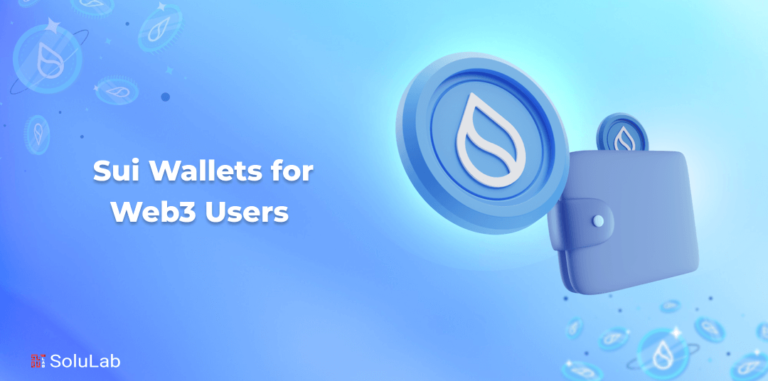The world of cryptocurrency might seem to be quite confusing to an average investor, particularly for the ones without technical knowledge of blockchain and smart contracts. But the prospects of a number of new digital currencies have attracted all types of investors, including ones who might have been cautious otherwise regarding an investment in cryptocurrency. Any interested investors without in-depth technical knowledge of cryptocurrency can be still successful in the same. But a basic understanding of some of the most important properties of a few major cryptocurrencies at present can play a crucial role in making a safe investment decision. In this regard, a major concept that covers a huge portion of the entire space that is relevant to smart contracts, as well as smart property, is known as ERC 20 token standard.
What is ERC 20 Token?
ERC 20 is a scripting standard used within the Ethereum blockchain. It is a technical standard that sets a few rules and actions that an ERC token should adhere to along with the steps for the purpose of implementing the same. It would be better to state ERC 20 as a set of guidelines as well as functions that should be necessarily followed by every token created in the Ethereum blockchain network.
To state it in simpler terms, ERC 20 token refers to a standard used for the purpose of creation and issuance of smart contracts on the Ethereum blockchain. After that smart contracts can be used for the creation of tokenized assets or smart property that users can invest in. ERC is the abbreviated form of "Ethereum request for comment," and the year of implementation of the ERC20 standard was 2015.
Reasons for Attraction and Success of ERC 20 Tokens
It is very common to ask what makes ERC 20 tokens so attractive and successful. There are a number of reasons behind the same that are listed below.
- These tokens are extremely simple and easy to deploy without taking up a lot of time.
- ERC 20 tokens put forth a standardized set of commands for the purpose of facilitating easy communication with an array of tokens they manage, thereby providing the right solution towards the need of a single standard in blockchain-based marketplaces and crypto wallets. The standardized set of commands include the rules of interaction between various tokens and rules for purchasing tokens.
- ERC 20 is the first popular specification that offered Ethereum token standardization. It is due to the immense popularity of the token that it became an industry standard.
Very similar to other ETH tokens, ERC 20 are also implemented as smart contracts and executed on the EVM or Ethereum Virtual Machine in a decentralized manner.
Steps to Make ERC 20 Token
Now, there are many who would be wondering how to make ERC 20 token. In this regard, there are many who are of the viewpoint that it is quite tough. On the other hand, there are many who believe that it is possible. In fact, it is not very difficult and can be made in a few steps with some knowledge of coding. Let us now understand the steps to make ERC 20 token.
Step 1 – The first step is to decide what the token would be like. For the creation of an ERC 20 token, the name of the token, the symbol of the token, its decimal places, and the number of tokens in circulation is required.
Step 2 – The second step is the technical step where the contact is required to be coded. During coding of contact, it needs to be kept in mind that the supply set for the token is in correlation to the number of places of decimals that are set. In addition to this, it is required to set the number of tokens that are received as the creator of the contract. Once all the variables are set, it is time to deploy the same into the blockchain and test it.
Step 3 – The next step is to test the token on the Test Net. It is important to deploy the contract to the Test Net to check if it works fine or not. If there is any problem, it is identified and rectified so that it is good to go.
Step 4 – The fourth step involves the verification of the source code. It is of immense importance since it verifies the validity of the created token to the users. In technical terms, it does not matter, and the created token would still be usable if the source code is not verified. But it is always a very good practice to conduct the verification so as to keep everything transparent in front of the users.
Step 5 – Finally, it is time to publish after verification. The task here is to get the token on The Main Net and make it available for use.
Step 6 – Next, the created token requires to be verified on Etherscan. This is not an essential step and might be skipped. But performing the steps plays a major role in adding to the validity of the token making it more transparent. This concludes the process of making the ERC 20 token.
Conclusion
Now, the users have a clear and complete understanding of the process of the creation of the ERC 20 token. Going through the steps makes it clear that it is not very difficult or tough. Still, if you are not sure and hesitating, it is always recommended to seek the help of an expert at the time of creating an ERC 20 token.




